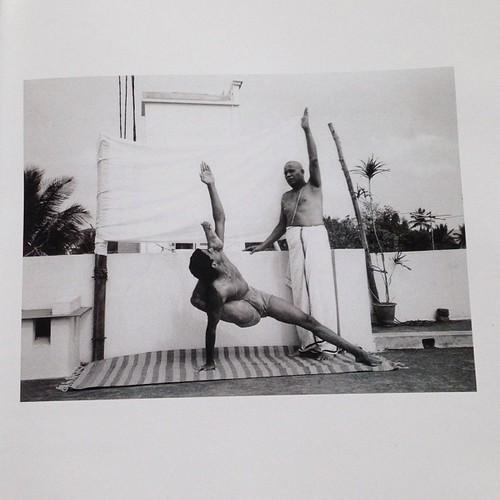
The word hatha signifies willful or forceful. Hatha yoga refers to a set of physical exercises (known as asanas or postures), and series of asanas, created to align your skin, muscle tissues, and bones. The postures are additionally created to open the many channels within the body-especially the main channel, the spinal cord-so that energy could circulate freely. Hatha can be translated as ha meaning "sun" and tha which means "moon." This signifies balance of masculine aspects-active, hot, sun-and feminine aspects-receptive, cool, moon-within all of us. Hatha yoga can be a course toward developing balance and uniting opposites. Inside our physical bodies we all build a balance of strength and flexibility. Furthermore we learn how to balance our effort and surrender in each pose.
In the hatha yoga teacher training online programs, Hatha Yoga is among the four primary practices of Tantra Yoga. Hatha Yoga is to begin with concentrating on the practice of postures (asanas) and breath control (pranayama) to energize the subtle channels (nadis). As a result one might say Hatha Yoga concentrates on the third and fourth ways of the eight-fold path of Ashtanga Yoga. The intention of Hatha Yoga is clearly to clear out the obstructions to address the further steps of Pratyahara (sense-withdrawal), Dharana (Concentration), Dhyana (Meditation) and Samadhi (Balance). In most Hatha Yoga schools, these kind of further steps are seen as part of Hatha Yoga.
Excercising positions or Asanas in Hatha Yoga has two essential objectives. The very first is that to train any real meditation, you'll need at the least one posture where one can be perfectly comfortable for a longer period of time. The more such positions one can master, the better the basis for developing the inner meditation techniques. The 2nd purpose of excercising asanas in Hatha Yoga is to bring overall health and power to body and mind by opening the nadis. When this sort of excercises are frequently perfomed, the path of hatha yoga is opened automatically, although one still needs to follow it further. The mere mastering of postures is no objective in itself, though mastering various postures certainly strengthens the power of will and concentration and the habit of not paying too much attention to the information input by the senses. Thus practicing asanas in Hatha Yoga directly opens the path to Prathyahara and Dharana.
The practice of Pranayama in Hatha Yoga is important to perfect ones' breathing patterns. If you can master breath, then the mastery of mind is within reach. By means of breathing excercises the stream of prana or vital life force through the person's body is controlled. That energy is without a doubt necessary on the further steps of Hatha Yoga that will eventually may lead to samadhi. Specific breathing techniques, where the circulation of breath though both nostrils is alternated, creates balance to the two hemispheres of the brain. Pranayama in Hatha Yoga in addition invokes the Kundalini Energy.
Hatha yoga is really a powerful tool with regard to self-transformation. It asks us to bring our attention to our breath, that helps us to still the fluctuations of the mind and become more present in the unfolding of each moment.

